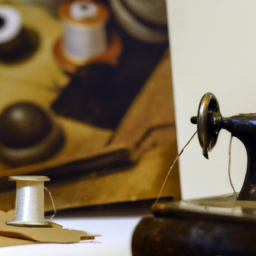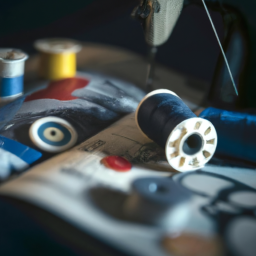
History of Sewing Machine
A sewing machine is an essential tool that revolutionized the textile and garment industry. Let’s dive into the fascinating history of this remarkable invention.
Invention of the Sewing Machine
The first functional sewing machine was invented by Thomas Saint in 1790. The machine was designed for leather and canvas work, but unfortunately, no widespread production of the invention was established.
Elias Howe’s Contribution
In 1846, Elias Howe patented an innovative sewing machine that used a lockstitch mechanism. It was a significant breakthrough, as it could sew at a much faster pace. However, he faced difficulties in marketing his invention due to lack of financial support and widespread skepticism.
Isaac Singer’s Impact
Isaac Merritt Singer, a renowned American inventor, brought the sewing machine to a whole new level. In 1851, he improved upon Howe’s design by introducing a foot-treadle-operated machine. Singer revolutionized the sewing industry by making sewing accessible for households and transforming it into a commercial success.
Industrial Revolution and Sewing Machines
The sewing machine played a crucial role in the Industrial Revolution. It enabled mass production, increasing efficiency and productivity in the textile industry. Its impact rippled across the globe, leading to the establishment of countless clothing factories and helping to meet the soaring demand for clothing during that era.
Modern Sewing Machine Advancements
Over time, sewing machines have undergone significant advancements. The development of electric machines in the late 19th century eliminated the need for manual operation, making sewing even more accessible to people. Further innovations transformed the machines into computerized devices, allowing for precise stitching patterns and automated features.
Sewing Machine in the 21st Century
In the present day, sewing machines have become versatile tools used not only for garment production but also for crafting, quilting, and embroidery. With a wide range of features, from adjustable speed controls to decorative stitches, sewing machines have become a staple in many households and professional studios around the world.
Conclusion
The history of the sewing machine is a testament to human ingenuity and the drive for innovation. From its humble beginnings to its transformative impact on the textile industry, the sewing machine has greatly influenced the way we create and produce garments. As technology continues to evolve, we can expect further advancements in these indispensable tools.




